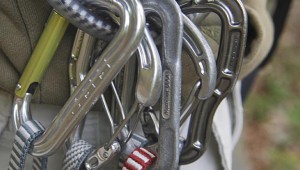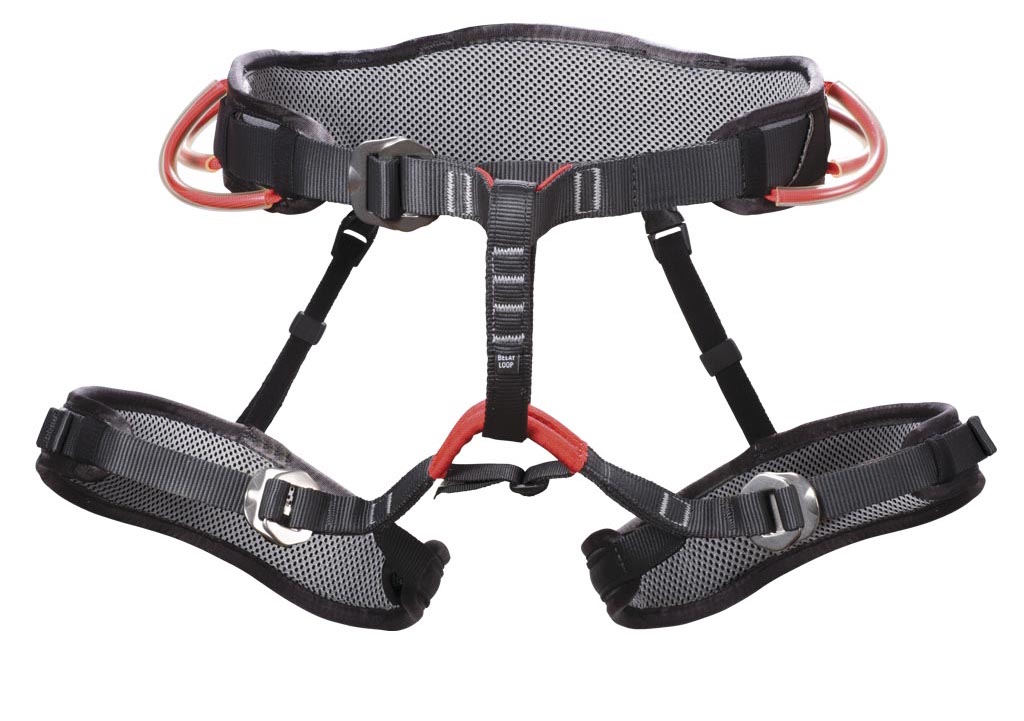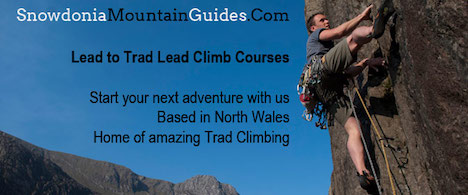What rock climbing harness you use is in the main comes down to fit and comfort. The only advice worth considering is what you intend to use the harness for. Traditional, sport, alpine and winter climbing have different requirements. It is far cheaper to start with to get one good multipurpose harness with adjustable leg loops.
The reason for having adjustable leg loops on your climbing harness is that if you are going to climb year round or your weight is likely to fluctuate, then you can adjust the leg loops dependant on how many layers you are wearing on any give day.
Other choices are type of gear loop and what type of buckle the harness has. Hard plastic type gear loop that protrude from the harness are good people who tend to rack up gates in (see the later chapter of lead climbing), whereas the less ridged gear loops suit people who rack up gates out. If it is your first harness you probably won’t know which feels better for you unless you try and clip stuff to the gear loops.

The number of gear loops and there location is also key. If you are only ever going to sports climb then a couple of gear loops on each side is all you will ever need. However if you are going to trad climb then you will need at least two on each side and one on the back to carry enough equipment.
The type of buckle the harness has can be either a fast-tech buckle that you pull tight and just tuck in the slack end to an elasticated holder. The other type requires the user to deliberately double back the buckle and lock it off. Personally I prefer the double back buckle as on long multi pitched route, I have found the fast-tech buckle has become loose. There was also a problem on some harnesses where the fast-tech buckles on leg loops good be undone, when using a leg prussic to act as a safety on abseils. These issues are small and easily avoidable and both type are considered safe.
Some harness are specifcally design with women in mind and one manufacturer has even created a harness, where every part of the harness is rated to at least 10kN, after a series of accidents where people have inadvertently clipped into their gear loops, only normally rated at a few kilos. The risk of this can be lessened by keeping your belay device clipped to a rear gear loop, so you have to unclip it and move it to the appropriate place for belaying (not the front gear loop!).
If you an outdoor instructor who is going to spend a lot of time in you hanging in your harness or you are planning to climb some big walls. Then getting a Big Walling harness will be advantageous. As the added padding will make your life better in the long run.

Fitting a Climbing Harness
It will be in your interest to go to a good climbing store to get a harness, as the greater the choice the more you can see which is the right harness for you.
First off try on the type of harness you have decided you needed from the criteria above. Then try on a couple of sizes around the size you think and look at how much spare tape there is for adjustment when the harness is fitted properly. Too much excess and the harness is too bib and too little and it is too small. It may take a few tries to find the right size.
Once you have done this see how the harness fits, are the gear loop symmetrical on your body compared to the belay loop at the front? Does it feel comfy? Can you clip into a point and suspend yourself from it, if so remember these are ‘sit’ harness so sit down rather than try and hang upright.
If it feels right then maybe this is the harness for you. Above all take you time when choose a harness. As one will be be better than the rest for you, and remember you have a different sized body to your friend so simply buying the same harness as them may not be the best idea.

